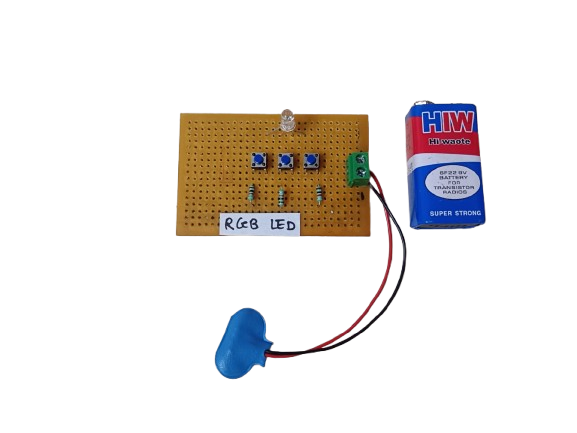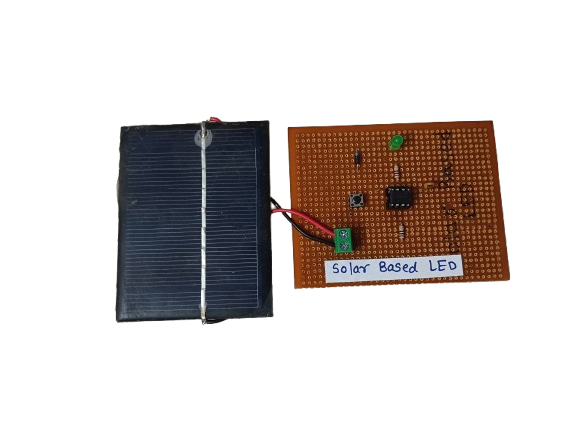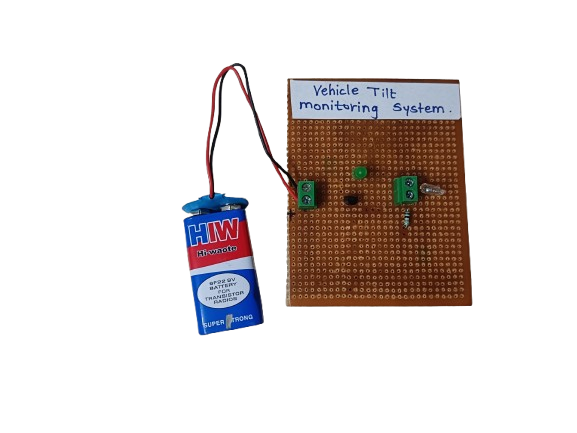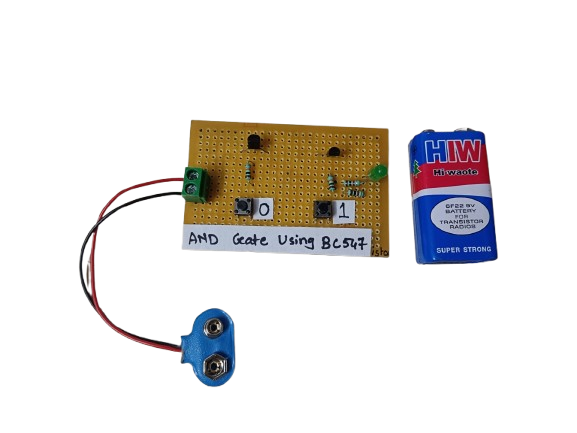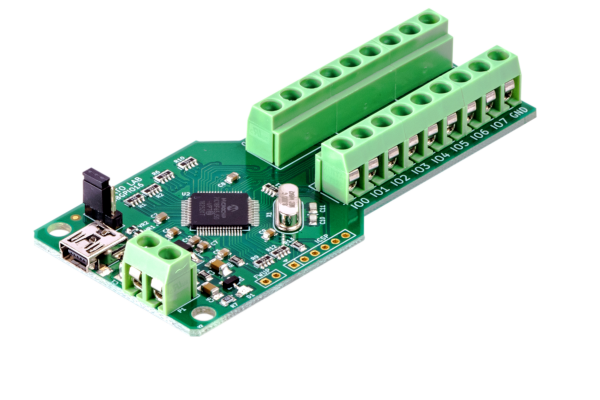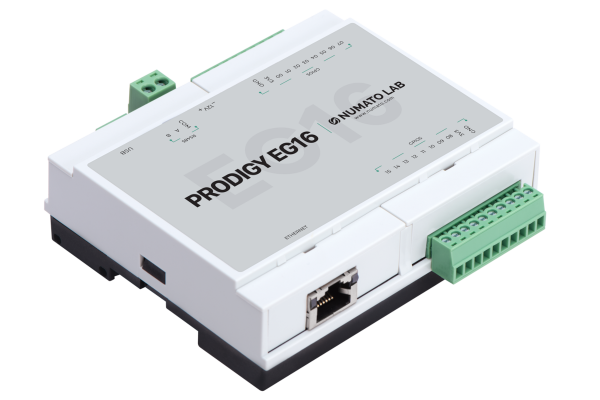Description
For Numato Products Price details/ quotation please mail your requirements on dolphinlabs17@gmail.com
Numato Lab’s 2 Channel Programmable Relay Module is a feature-rich product that can be programmed with Arduino IDE. The USB to Serial Chip FT232RL helps to upload sketches quickly to the board. This programmability gives this board ultimate flexibility compared to other relay modules where features depend on the pre-programmed firmware. The onboard programmable relays, digital I/O’s, analog inputs, Real-Time Clock(RTC), and Micro SD memory card slot make this module useful for learning as well as making sophisticated applications.
Features
- Atmega328p Microcontroller with 32KBytes flash memory
- Arduino IDE Compatible
- FT232RL chip for USB – Serial Interface
- 2 SPDT 12V Mechanical Relays
- 4 Digital I/O’s
- 2 PWM outs
- 4 Analog Inputs
- I2C Interface
- Real-Time Clock(RTC)
- Battery backup for RTC
- Micro SD Card Slot
- LED indicators for Power, TX, RX and Relays
- ISP for programming custom boot loader/ firmware
- 16 MHz Crystal
- USB mini Connector for host communication
- Based on Arduino Duemilanove at arduino.cc
Applications
- Home Automation
- Lighting Control
- Garden Equipment Control
- Industrial Automation
- Test Fixtures
- DIY and Hobby
-
A solar-based LED system is a lighting setup that uses solar energy to power LED (Light Emitting Diode) lights. During the day, a solar panel captures sunlight and converts it into electrical energy, which is stored in a battery. At night or in low-light conditions, this stored energy powers the LED light.
These systems are eco-friendly, cost-effective, and ideal for off-grid or outdoor applications like street lighting, garden lights, and emergency lighting.
₹250.00 -
An AND gate can be built using BC547 NPN transistors, a common general-purpose transistor used in digital circuits.
The circuit represents both the inputs A & B for the AND gate and Output, Q, which also has a +5V supply to the collector of the first transistor, which is connected in series to the second transistor, and an LED is connected to the emitter terminal of the second transistor. The inputs A & B are connected to the base terminal of Transistor 1 and Transistor 2, respectively, and the output Q goes to the positive terminal LED.
₹190.00




